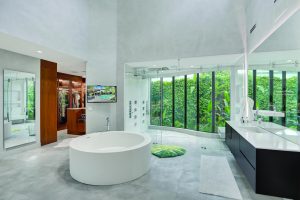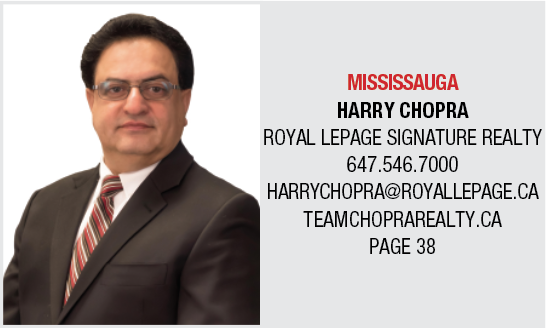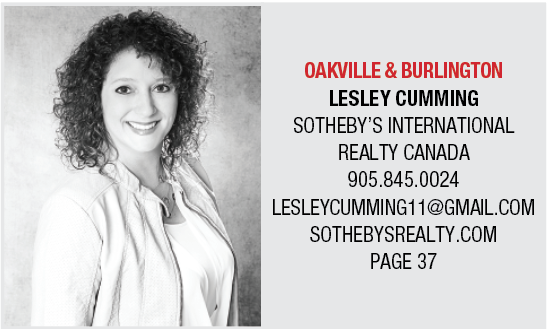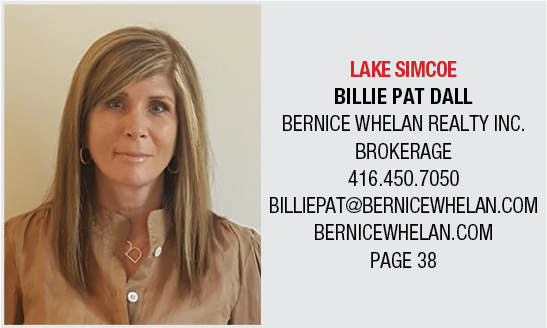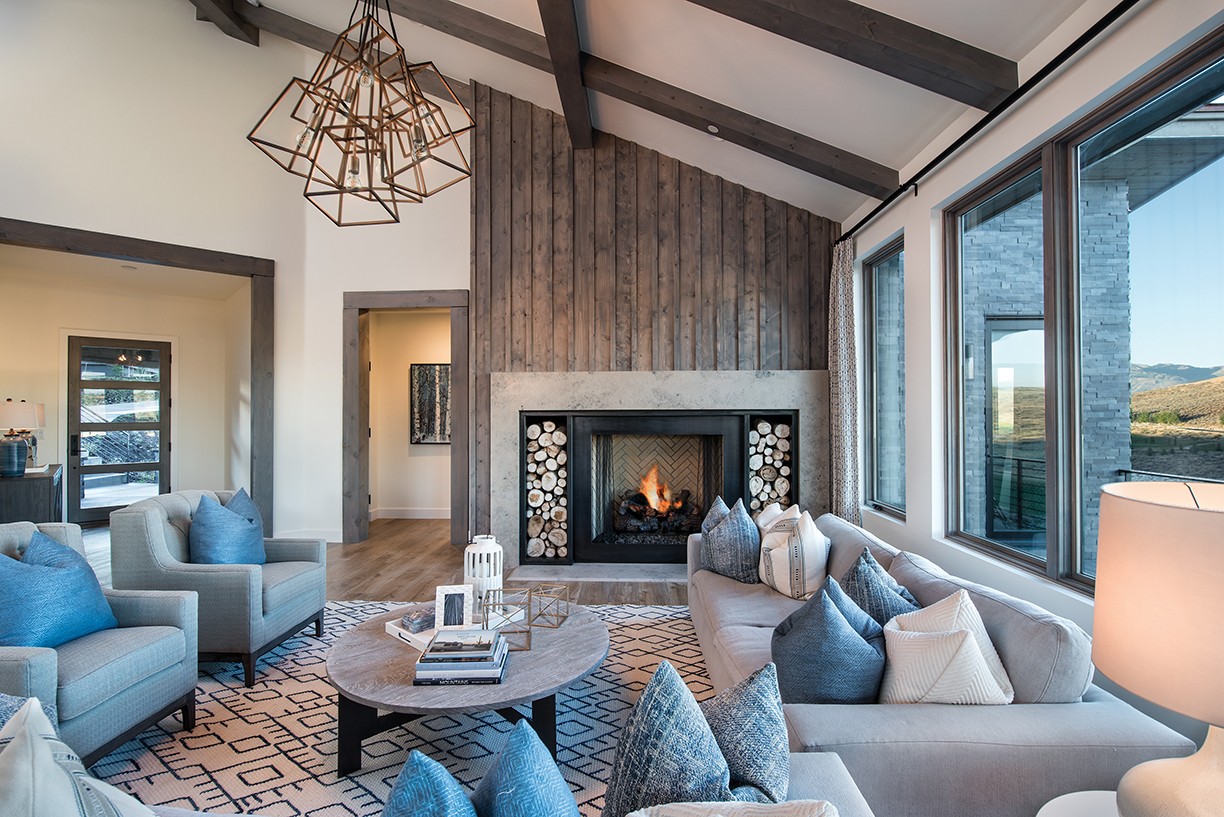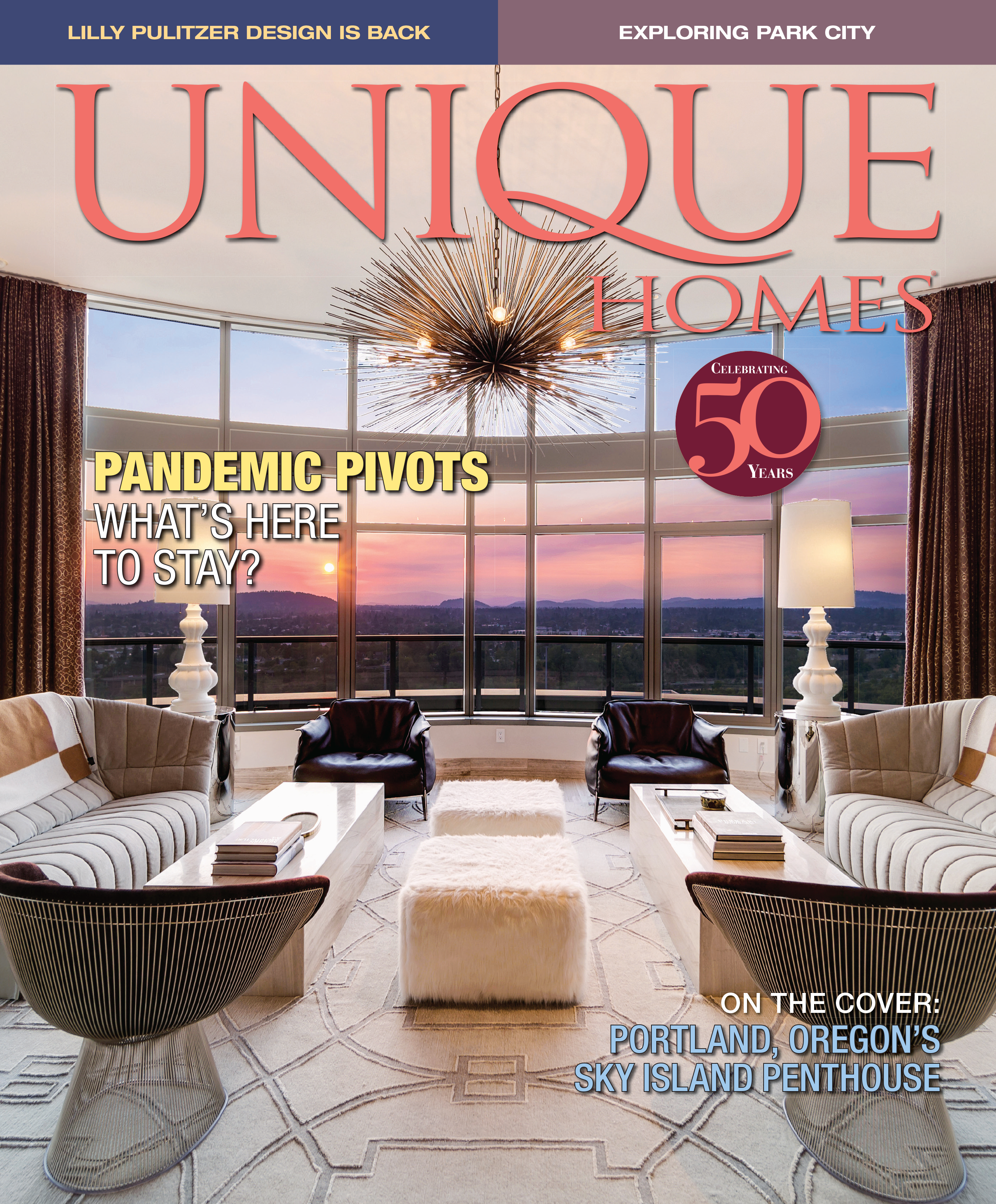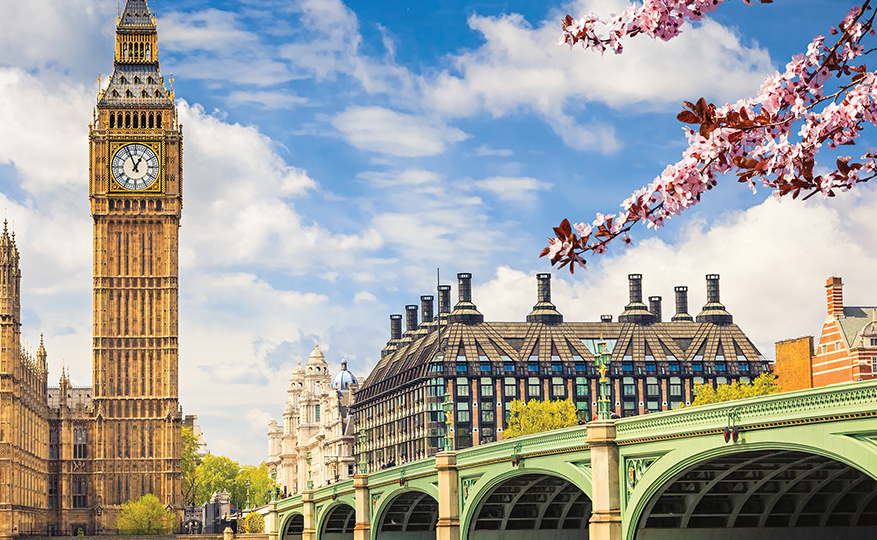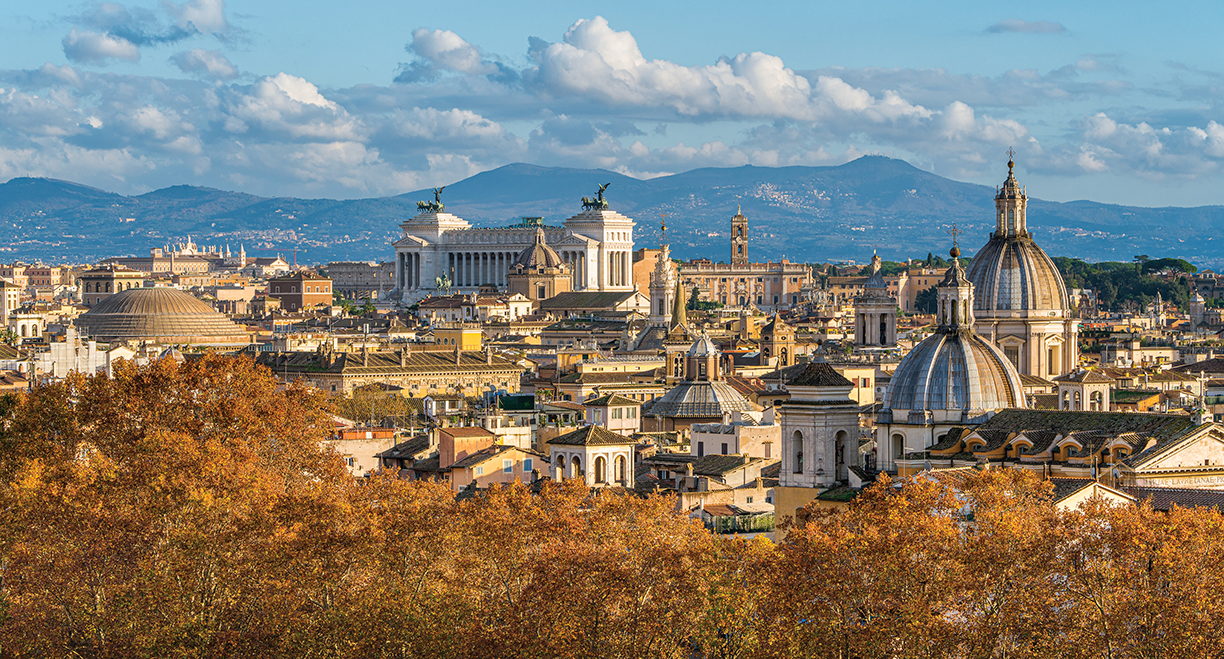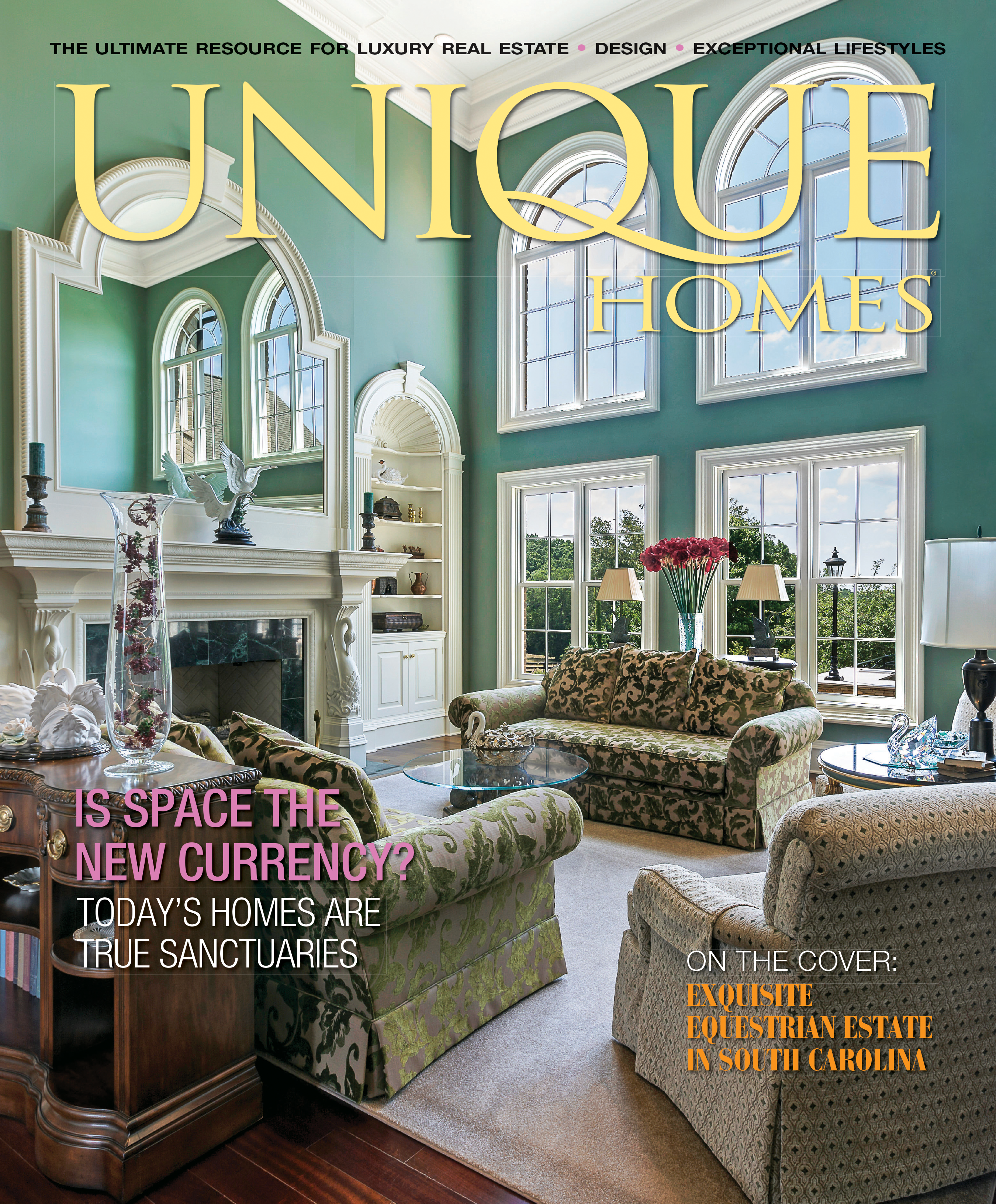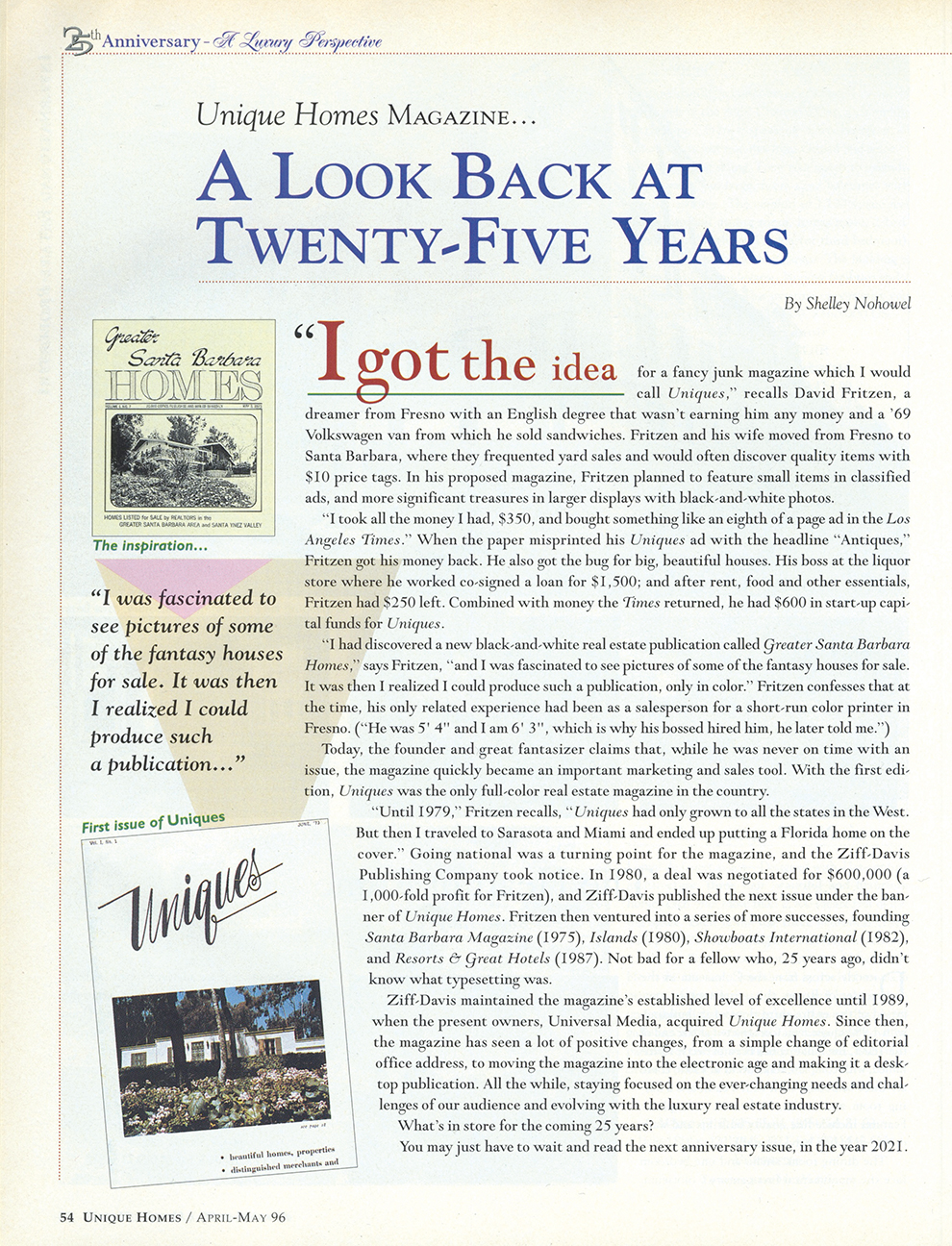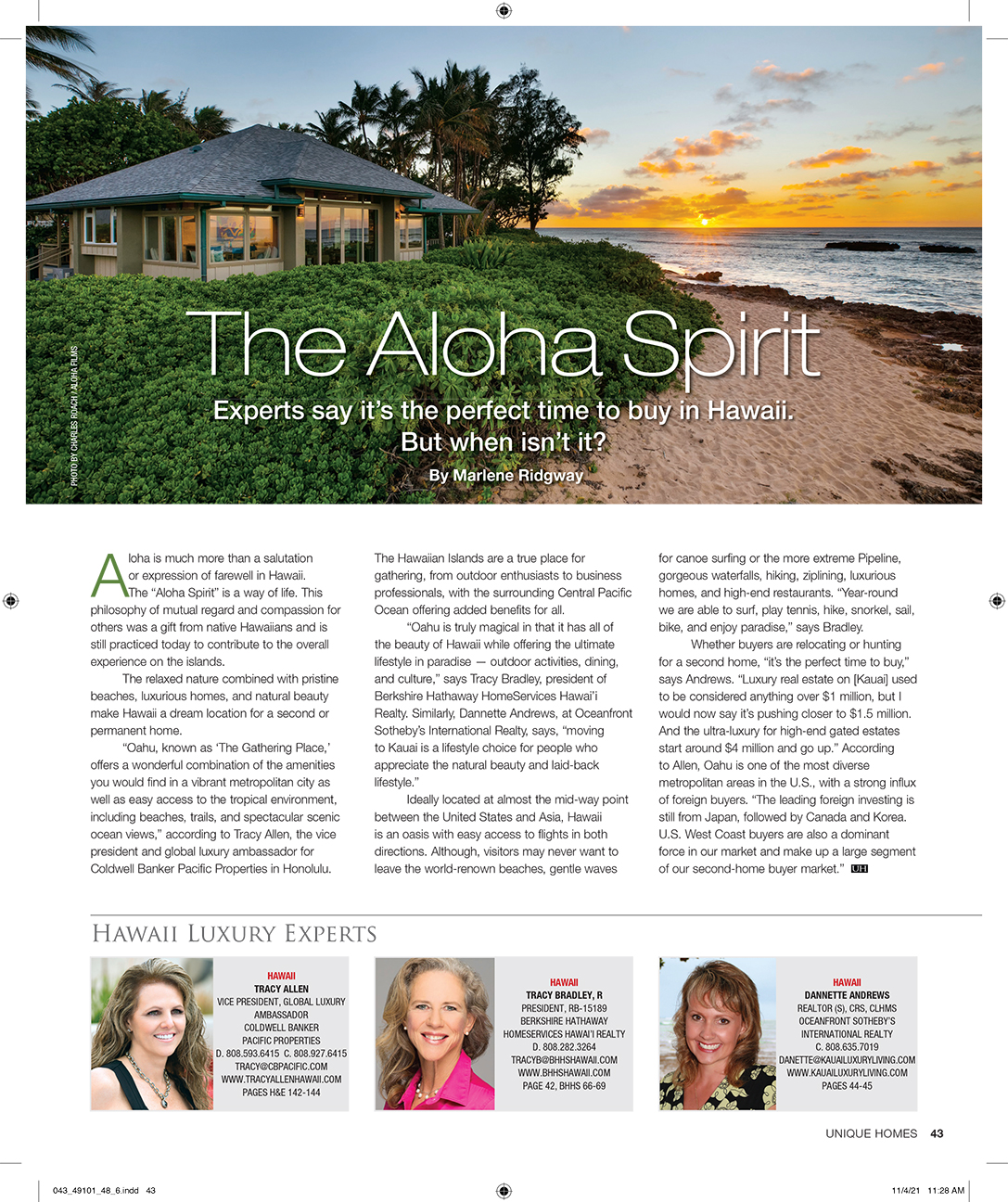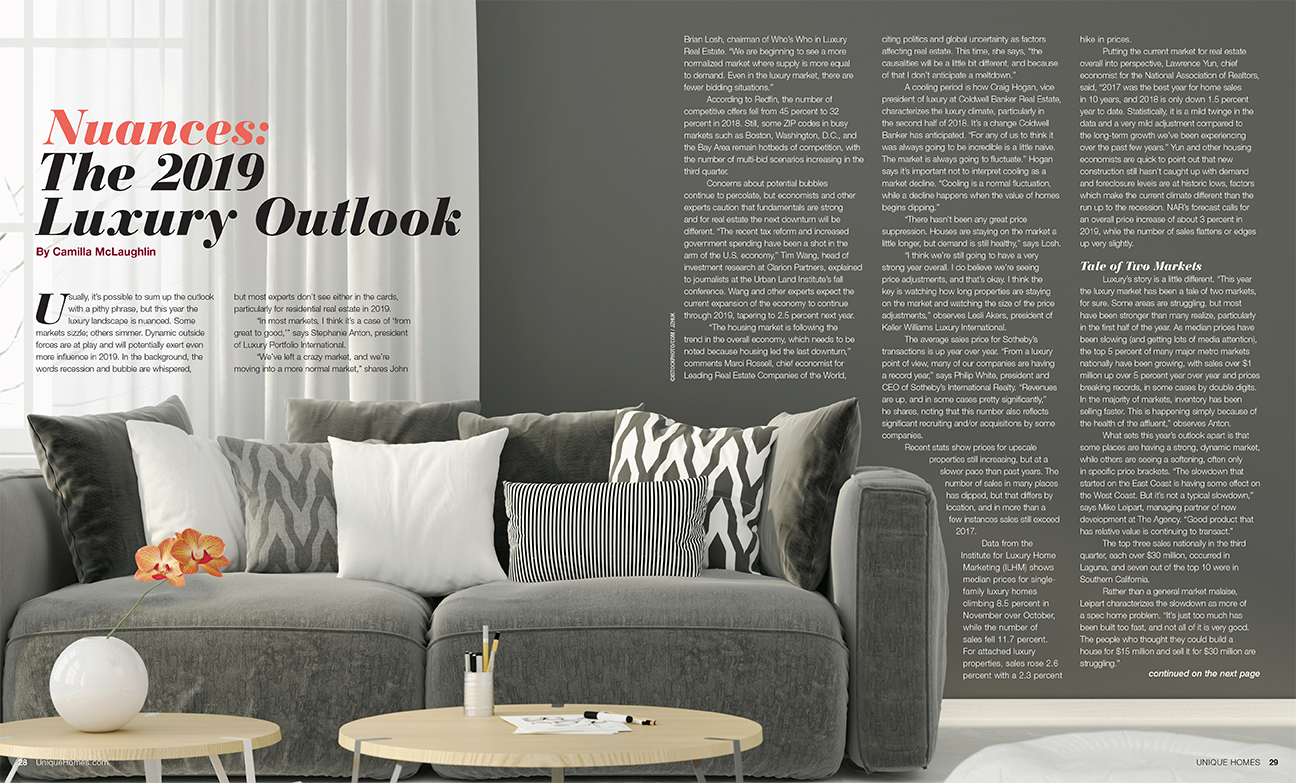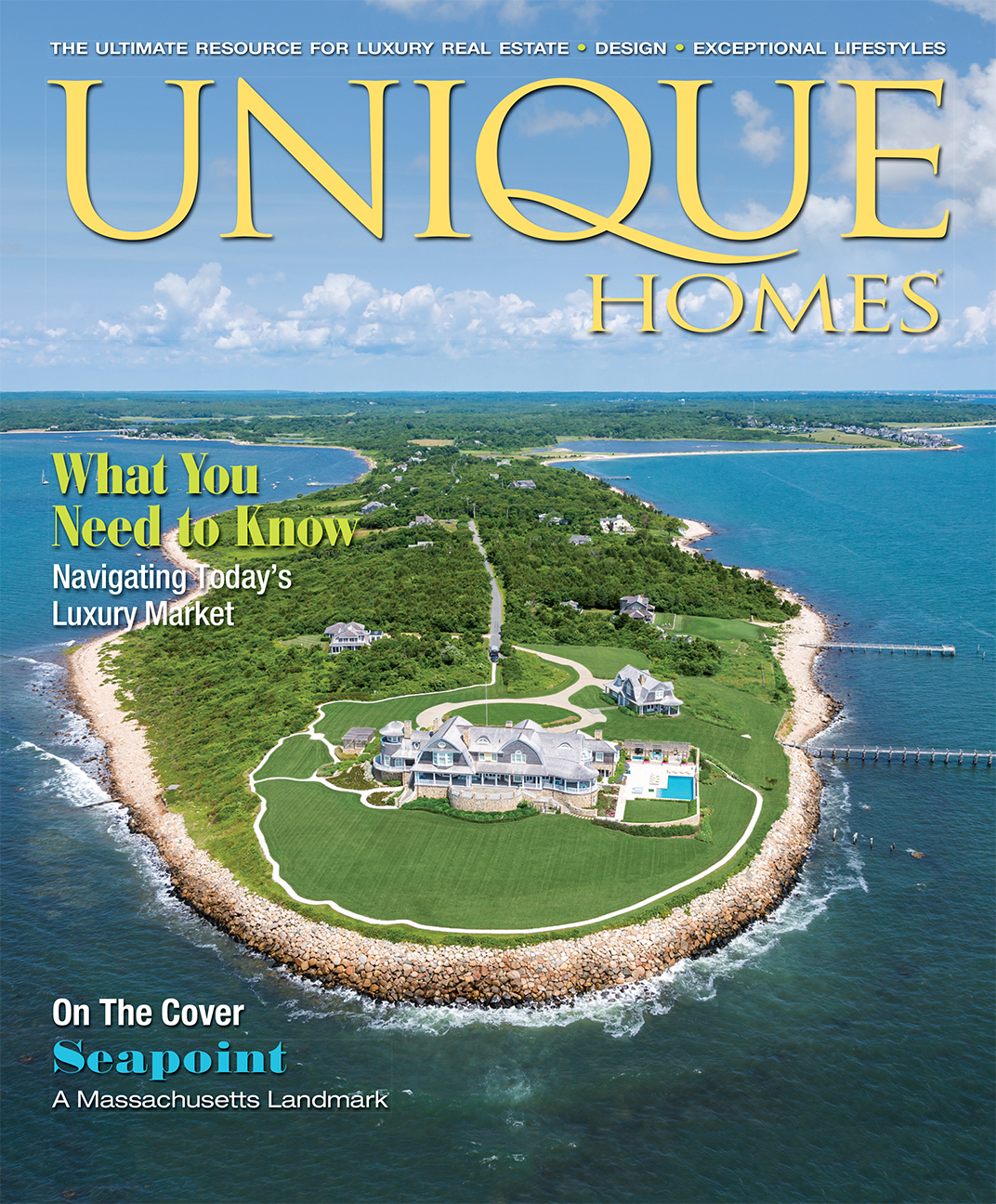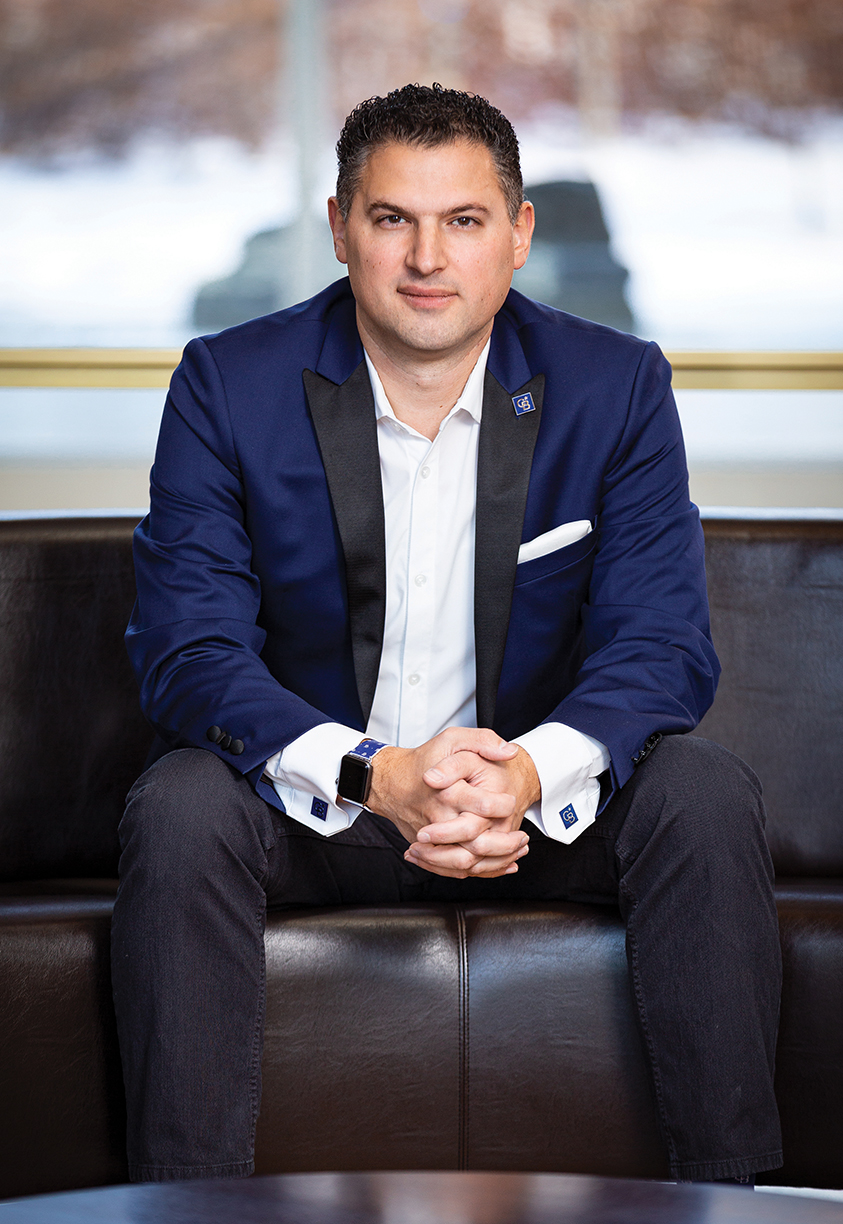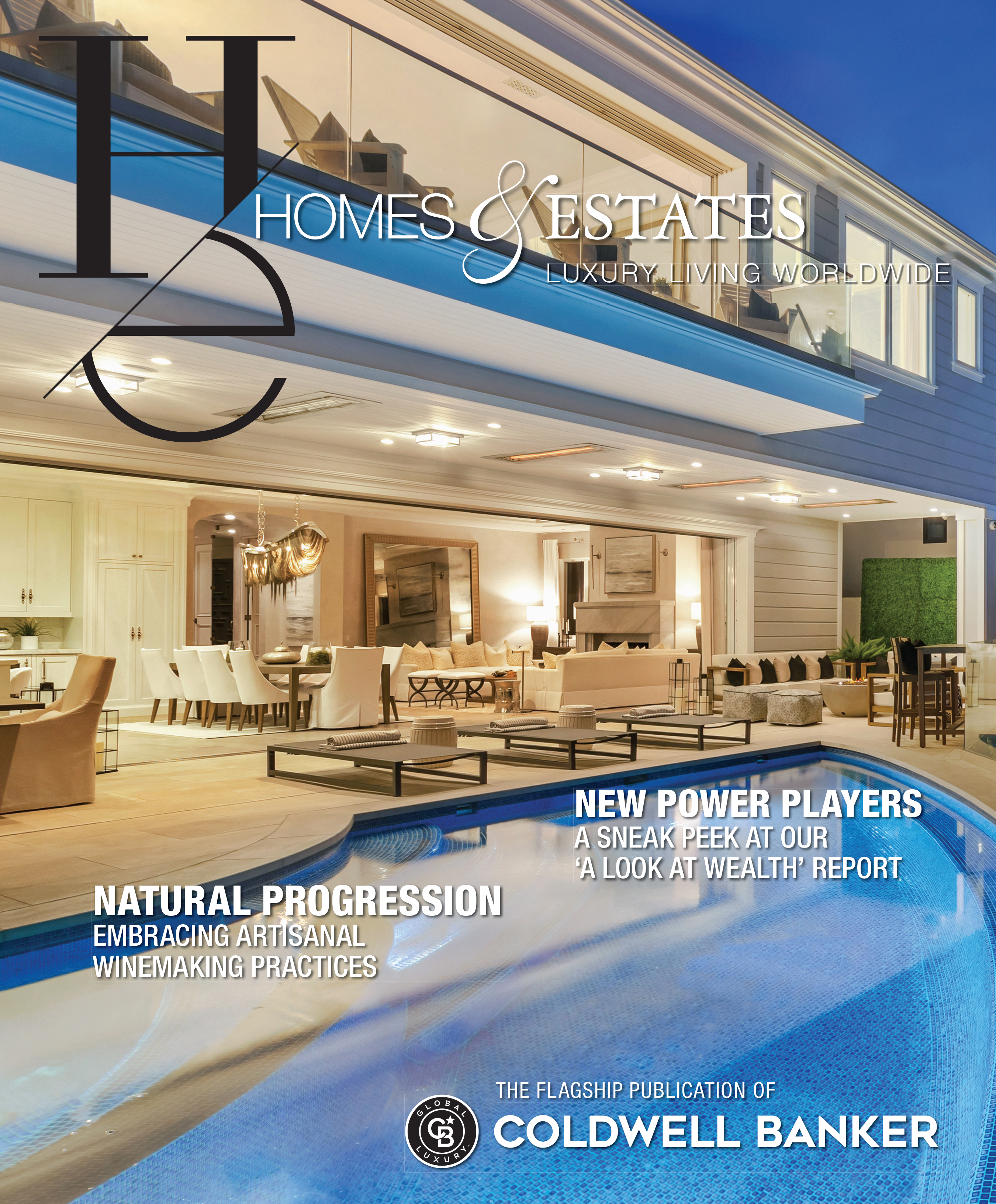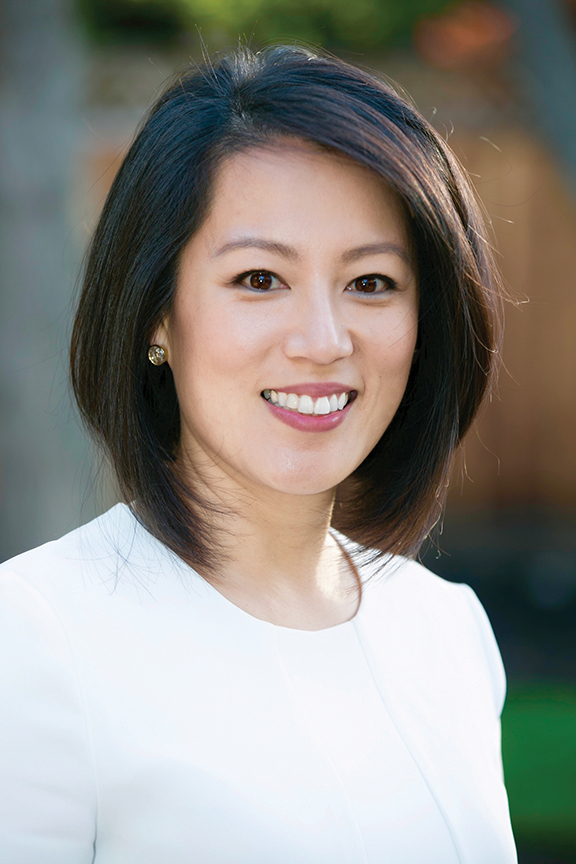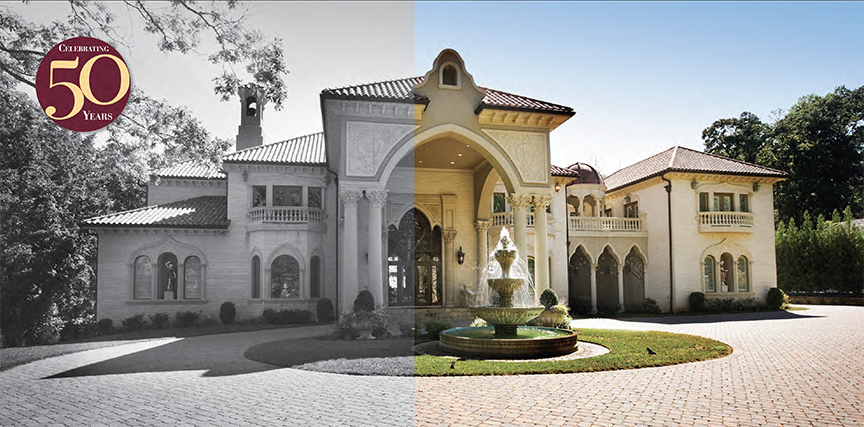There is no greater magnet for the hospitality industry than the sea, with towering hotels crowding the world’s finest stretches of beach, from the Côte d’Azur to Waikiki. For most travelers, a view of the ocean is the ultimate amenity, but luxury hotels that float or are submerged beneath the surface of the sea provide otherworldly experiences.
Floating is a term of art. There are some hotels that literally float, like The FloatHouse River Kwai in Thailand or the Off Paris Seine that is moored on the banks of the City of Light’s signature river. Others merely provide the illusion of floating, such as tropical overwater bungalows — these are quintessential French Polynesian accommodations but are found in the Maldives, Seychelles and Caribbean as well — where the design is fully integrated with the sea. Yet another category are hotels whose rooms or restaurants are submerged in the sea, providing guests with the underwater experience of coexisting with tropical fish amidst a coral reef.
The clubby Off floats on the Seine between the Right and Left Banks of Paris, not far from Gare d’Austerlitz in the up-and-coming 13th arrondissement. While the neighborhood is buzzing with fashionable bistros and nightspots, the barge-like Off provides an onboard restaurant and bar, even a lap pool. Those who splurge can choose between two fashionable suites whose décor was authored by designers Maurizio Galante and Tal Lancman.
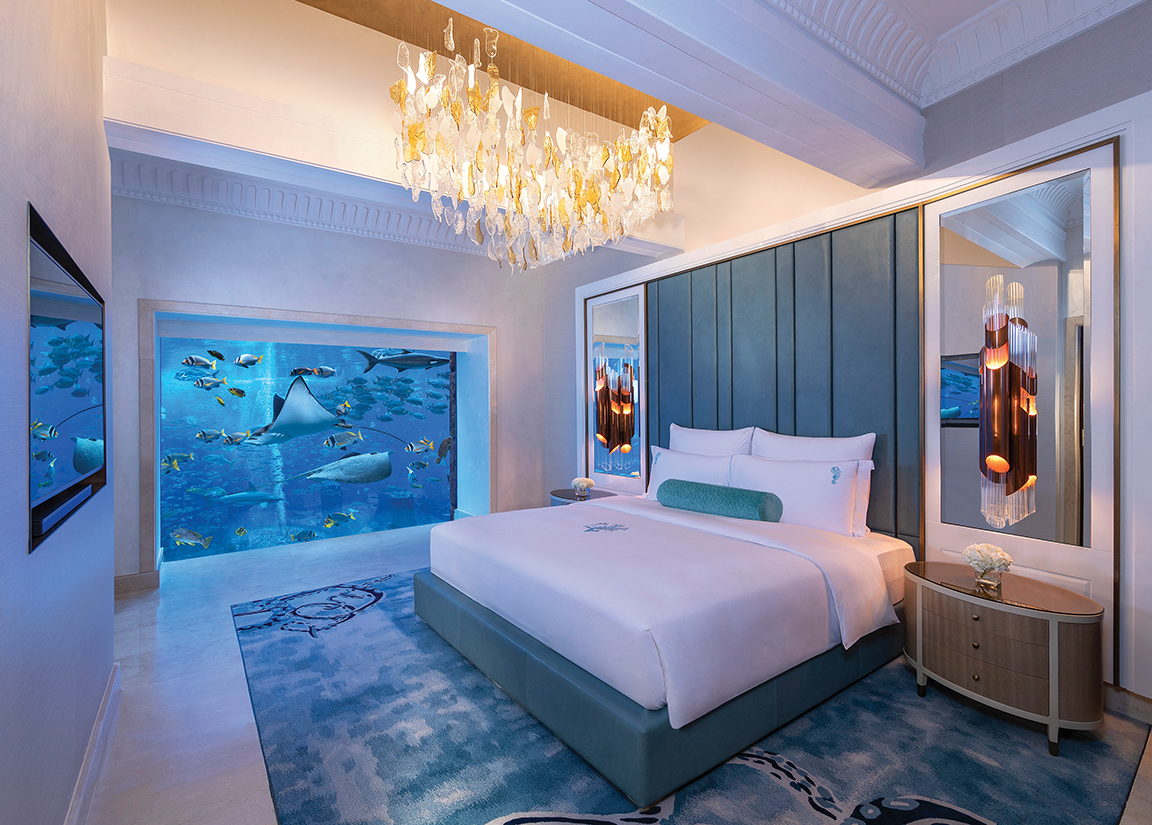
Exotic species viewed from an elaborate underwater suite at Atlantis, The Palm. Above image and featured image: © ATLANTIS, THE PALM; photos by Victor Romero
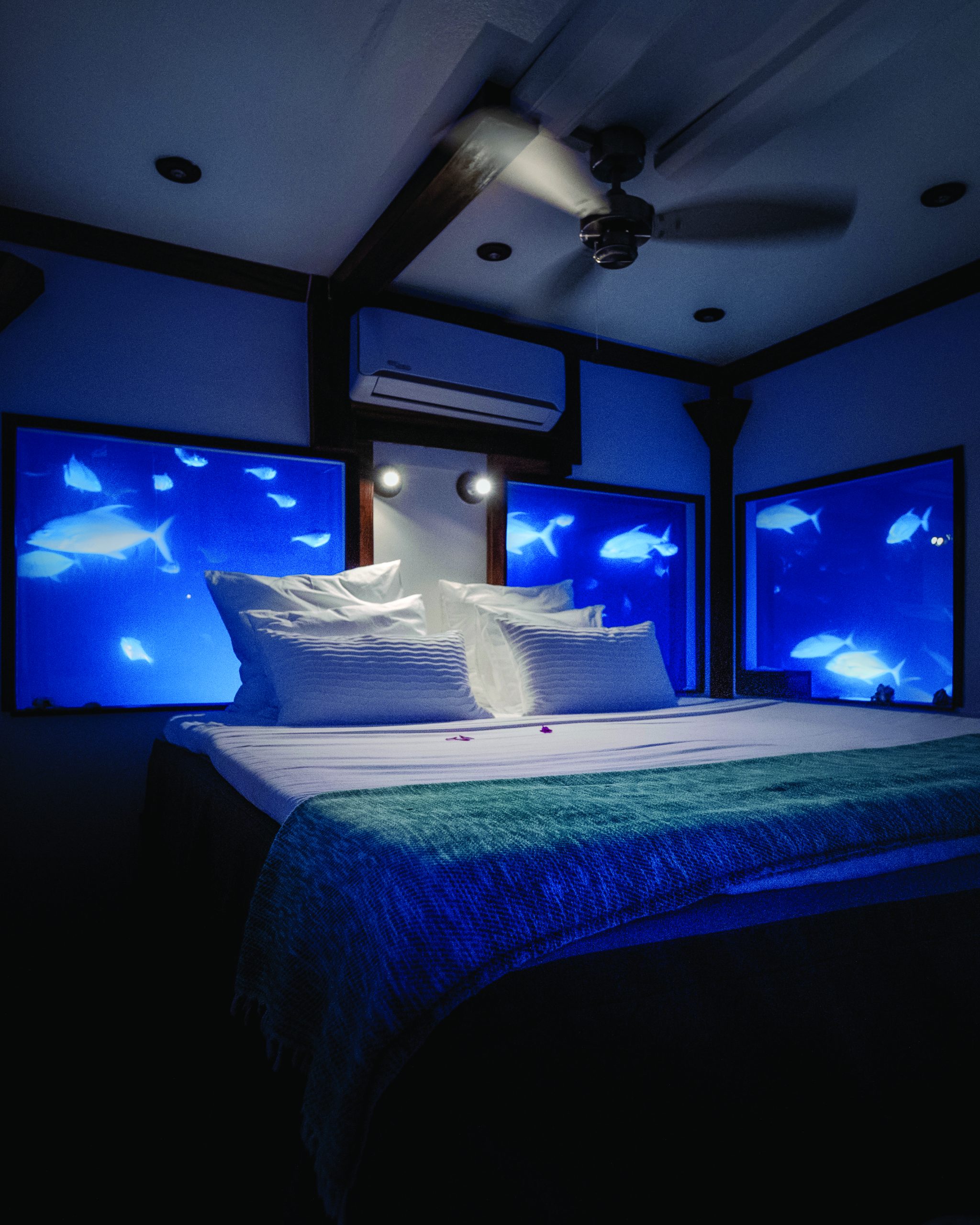
An underwater guestroom at The Manta Resort off the coast of Tanzania. Photo courtesy of the Manta Resort.
With its recent grand opening, Resorts World’s glitzy new $4.3 billion property is the latest hot spot on the Las Vegas Strip, but the company’s resort on Sentosa Island, Singapore is even more elaborate. It encompasses multiple hotels — among them the elite Crockfords Tower, the postmodern Hotel Michael and Hard Rock — along with several theme parks, a convention center and casino. The property’s Beach Villas hotel offers 11 two-story Ocean Suites that immerse their guests into an exotic ocean habitat. Floor-to-ceiling windows provide an undersea view of more than 70 species of marine animals amidst luxury accommodations enhanced by personalized butler service.
Offering the best of both worlds is The Manta Resort in Tanzania — it is located on Pemba Island amidst some stunning turquoise-hued waters — and its three-level floating suite is anchored to the ocean floor off the coast of Africa. Above water, guests enjoy a gentle rafting effect and panoramic views, but in the bedroom below they are treated to the eyepopping aquatic habitat of this corner of the Indian Ocean. Pemba Island is one of the world’s premier diving areas, but guests at The Manta’s underwater room can experience the same thrills without ever putting on a wetsuit.
The Manta Resort’s own Kwanini Foundation is actively involved in protecting the rich marine habitat of Pemba Island, whose reefs are among the most diverse in East Africa. Rapidly increasing population is creating an unsustainable demand for fish, and the foundation is fighting to eliminate destructive practices like dynamite fishing near vulnerable reefs, as well as educating people on climate change and plastic pollution. These conservation efforts not only preserve the natural beauty of Pemba Island, but ensure the magic of The Manta Resort’s underwater accommodations as well.
Perhaps the most audacious example of a hotel with an underwater feature is the InterContinental Shanghai Wonderland in China. Constructed at an artificial lake created at an abandoned quarry, most of the sleek, curvaceous structure is technically below grade, with 16 stories built into a subterranean cliff. All of the 336 rooms benefit from spectacular views of the lake and the property’s dramatically illuminated waterfalls and fountains.
One spectacular two-level suite at Shanghai Wonderland features an enclosed living room with outdoor terrace hovering just above the water, while its bedrooms are submerged beneath the lake’s surface, encased in a giant underwater aquarium. Lin Wang, chief marketing officer for IHG, Greater China, commented: “We’re delighted to be joining forces with Shimao Group [developer] again to open InterContinental Shanghai Wonderland — an architectural masterpiece that’s a wonder and beauty in the global hospitality industry.”
When it comes to underwater hotel restaurants, New Zealand civil engineer Mike Murphy is a pioneering force responsible for some of the most dramatic designs. His first underwater restaurant project, Ithaa, opened in 2005 and remains a stunning dining space in the Conrad Maldives Rangali Island resort. A decade later, Murphy completed the design for his largest underwater dining venue, named 5.8 Undersea Restaurant — it sits 5.8 meters beneath the surface of the Indian Ocean — at the Hurawalhi Island Resort in the Maldives. “Many projects must be canceled, as the sites aren’t suitable or the client desires a room size that’s unrealistically large,” explains Murphy of his niche specialty.
Despite his disciplined training as an engineer, Murphy appreciates the visceral reaction people experience in these underwater spaces. “Their mouths open in awe, they almost gasp in wonder at the beautiful underwater scene in front of them,” he says, and adds, “I, too, always get this feeling when I go down into these undersea rooms.”
The Hurawalhi project benefitted from advancements in fabrication, transportation and the availability of larger crane ships, reports Murphy, who notes these ventures work best in locations protected from severe waves or storm surges, generally inside a coral reef or protected harbor. “The design of the acrylic windows and arches is very important,” says the engineer, who explains, “The deeper you go in the water, the greater the pressure, and hence the thicker you must make the windows … and the more expensive it gets.”
Murphy designed the largest underwater project to date, a villa at Conrad Maldives Rangali Island called The Muraka, a spectacular suite whose room rate begins at $9,999 per night. “Driven by our inspiration to deliver innovative and transformative experiences to our global travelers, the world’s first undersea residence encourages guests to explore the Maldives from an entirely new perspective below the surface of the sea,” said Ahmed Saleem of the Crown Company, which collaborated with the engineer on the
$15 million project. Murphy, who retired a few years ago at age 70, continues to receive proposals for projects and is hoping his design for the world’s first revolving underwater restaurant will be realized.
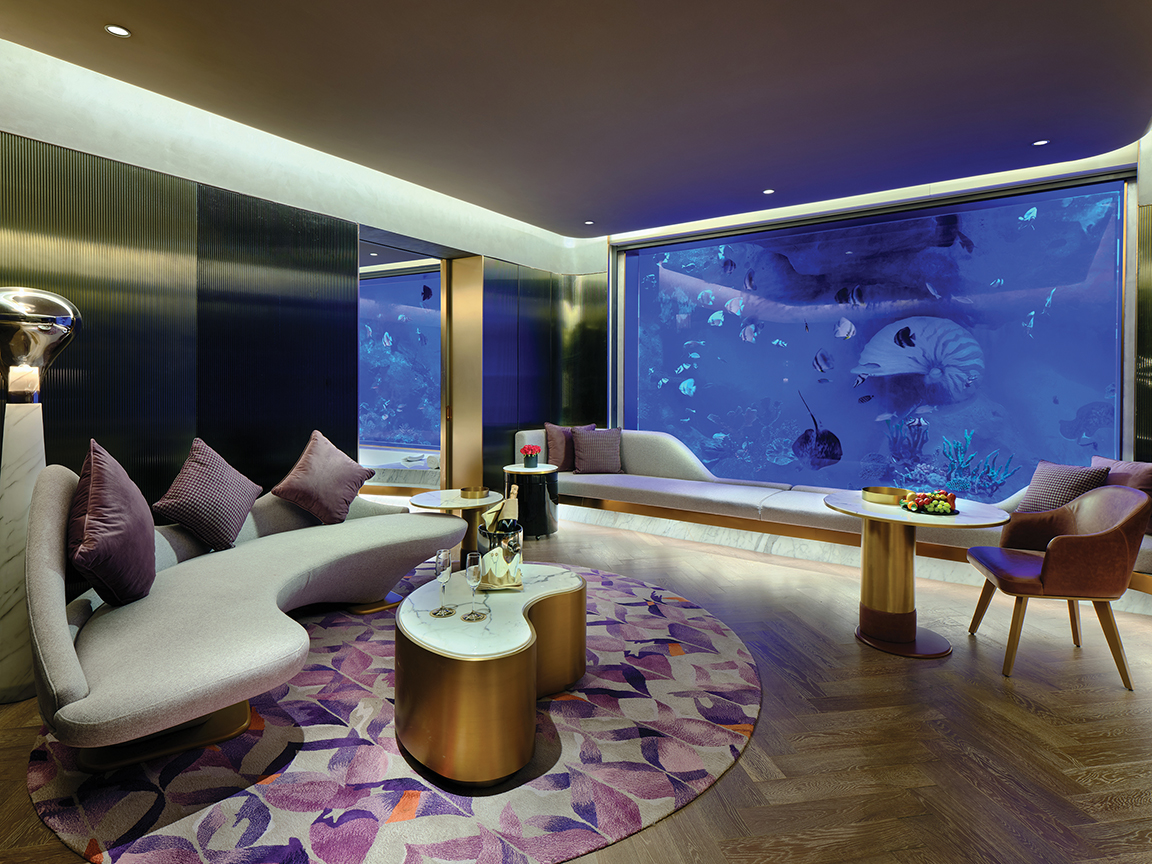
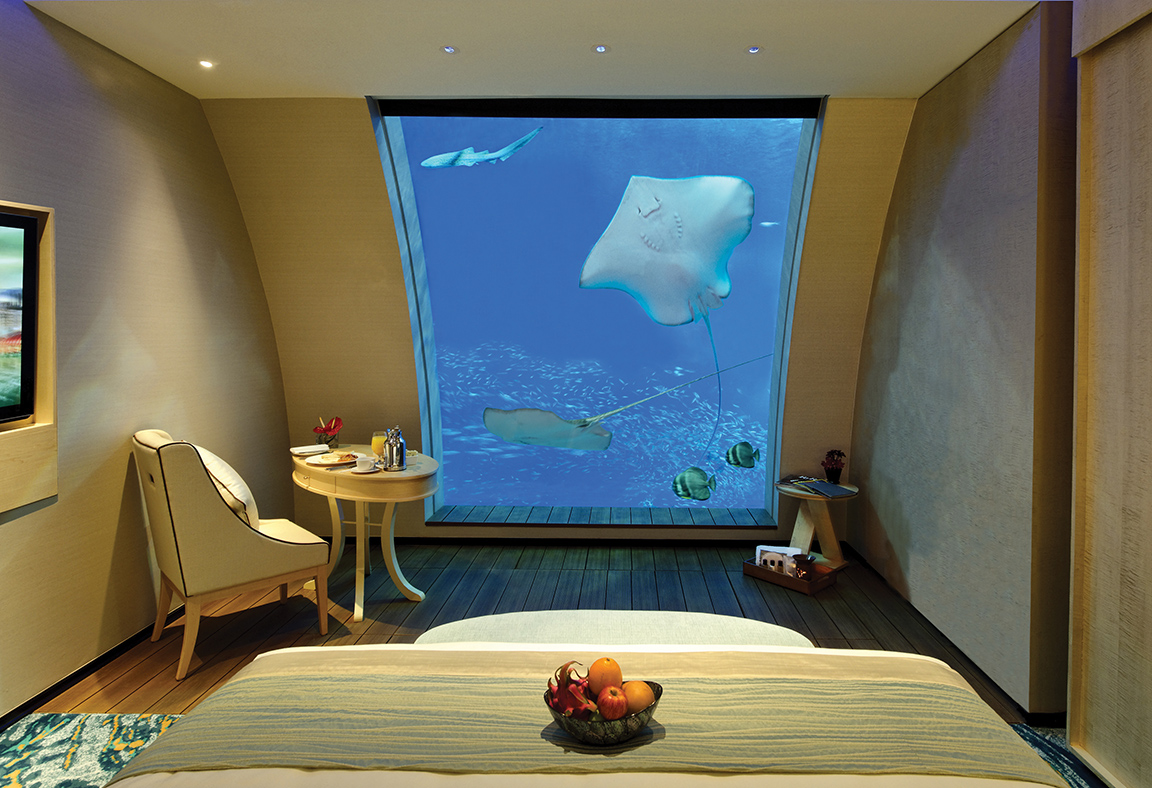
Above, the view from an Ocean Suite at Resorts World Sentosa, Singapore. Photo courtesy of RESORTS WORLD SENTOSA SINGAPORE.
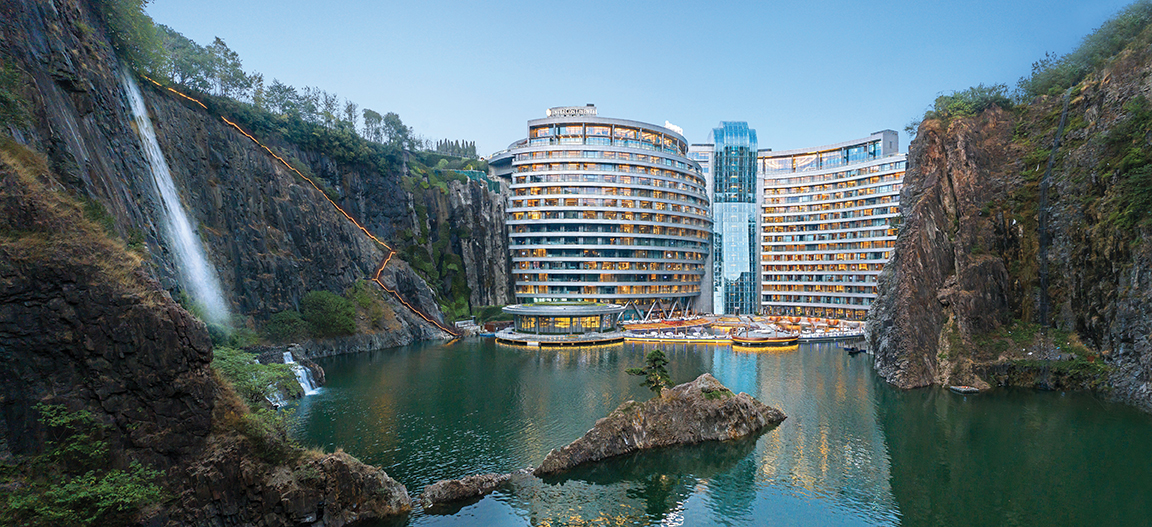
At far left, an underwater suite at the InterContinental Shanghai Wonderland.
Above, the InterContinental Shanghai Wonderland, constructed at an abandoned quarry. Photos courtesy of InterContinental Shanghai Wonderland.





